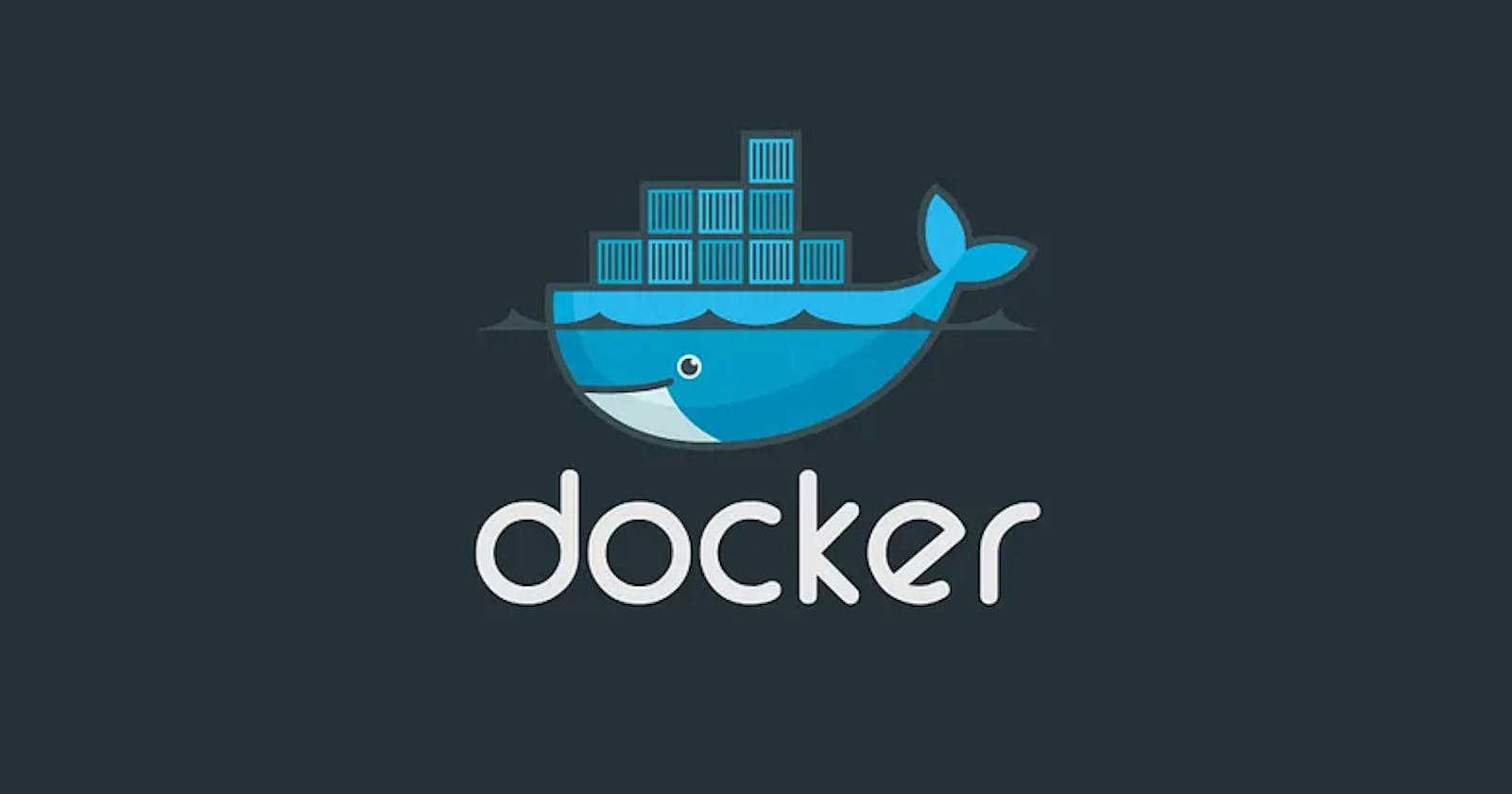Docker is a containerization platform that allows developers to create, deploy, and run applications in isolated environments known as containers. It was developed in 2013 by Docker, Inc. and has since become one of the most popular tools for creating and managing containers. In this article, we will explore the use case, advantages, and implementation of Docker, as well as its limitations and how to use it in your system.
Use Case: Docker is particularly useful for developers who want to create applications that can run on any platform or environment. By using Docker, developers can create a container that includes all of the necessary dependencies and libraries for their application to run.
This means that the application can be deployed and run on any platform that supports Docker without having to worry about compatibility issues.
Advantages:
Portability: Containers created with Docker are highly portable and can be run on any platform that supports Docker.
Isolation: Docker containers provide an isolated environment for running applications, which helps to prevent conflicts between applications and reduces the risk of security vulnerabilities.
Efficiency: Docker allows developers to create lightweight containers that require fewer resources than traditional virtual machines, making them faster and more efficient.
Scalability: Docker makes it easy to scale applications horizontally by running multiple containers on multiple servers.
Easy Deployment: Docker simplifies the deployment process by providing a standardized format for packaging and distributing applications.
Demerits:
Complexity: Docker can be complex to set up and use, particularly for developers who are new to containerization.
Limited Compatibility: While Docker is designed to work on any platform, there may be compatibility issues with certain applications or environments.
Security: While Docker provides an isolated environment for running applications, it is still possible for attackers to exploit vulnerabilities in the container.
Implementation: To use Docker, you need to have Docker installed on your system. Docker is available for Windows, Mac, and Linux, and can be downloaded from the Docker website.
Check the system requirements: Make sure that your system meets the requirements for installing Docker. Docker runs on Linux, macOS, and Windows. Check the Docker documentation for specific system requirements for your platform.
Install Docker: You can download the Docker installation package for your platform from the Docker website. Follow the installation instructions for your platform. Here are the links to the installation guides for various platforms:
Verify the installation: After installing Docker, you can verify that it is working by running the following command in your terminal:
docker --version
Once Docker is installed, you can use the Docker command-line interface (CLI) to create and manage containers.
To create a container, you first need to create a Dockerfile, which is a text file that contains instructions for building the container. The Dockerfile specifies the base image, the application code, and any dependencies that the application requires. Once the Dockerfile is created, you can use the Docker CLI to build the container and run it.
Here are some useful links to get started with Docker:
Docker Hub (a repository of Docker images): hub.docker.com
The benefits of using Docker make it a valuable tool for developers who want to create applications that can run on any platform or environment. By following the links provided in this article, you can start using Docker and take advantage of its many benefits.
If you have any questions, free feel to comment down your queries & follow for more such articles on Docker & Containers. 😇
